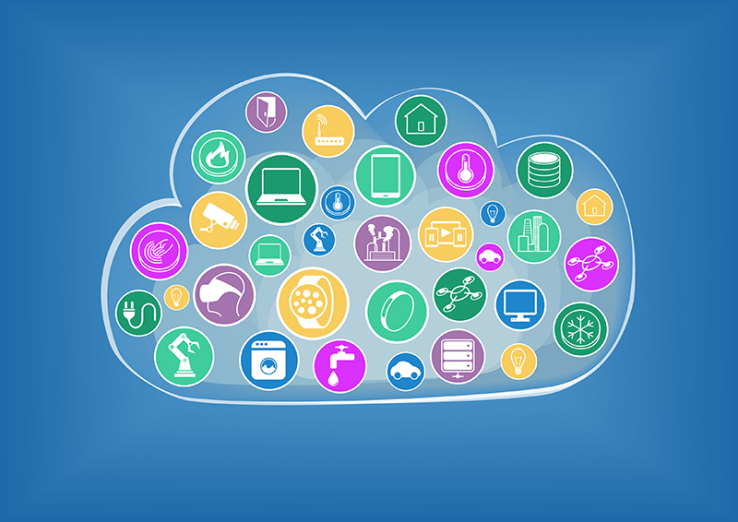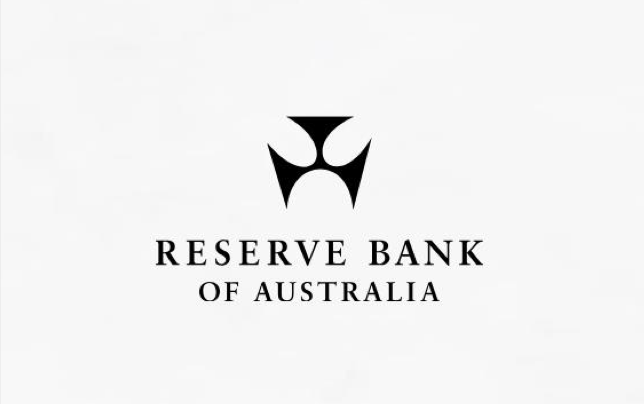
What’s trending in the IoT space
By Bernard Moon for techcrunch.com
Our team has been active as investors in theInternet of Things and hardware space over the past two years. We have read pitches from hundreds of companies, met with dozens, read hundreds of research reports and spoken with various experts. We have invested in six IoT/hardware companies from our global seed fund and seven from our startup accelerator.
With this accumulated knowledge, we decided to create an easy to read overview for others to get up to speed on this trending space of IoT.Here is our full report; the following is a summary of what we learned.
Our view is that there are five major battlegrounds for IoT and hardware innovation and market growth in the consumer space: connected homes, wearables, healthcare, robotics and drones and transportation. For this article, I’ll cover three sectors (two consumer and one industrial): connected homes, healthcare and industrial IoT.
In the home
Within the connected home, we have identified three primary entry points to influence consumers and control the connected home: security, central appliances and home hubs. These are the current battlegrounds between incumbent corporates, new corporate entrants and startups.
ADT is the leader of the fragmented home security market. This $6.7 billion market cap company with $3.5 billion in revenues has 25 percent of the residential market and 13 percent of the SMB market. Comcast has been working to penetrate this market since they have such a huge installed base with over 54 million homes. From startups and former startups, there are low-cost solutions such as Google’s Dropcam, August (Smart Lock), Canary and Notion.
In central appliances, whether Nest’s thermostat or LG’s smart refrigerators, these companies are seeking to bring the conveniences of online connectivity to daily household tasks or functions. Simplicity and ease of use is important for these plays to build trust and expand their presence into other parts of the household. Other targeted areas are sprinkler systems, washers, lighting, power meters and others.
We believe it is an exciting time to be an investor and entrepreneur in the Internet of Things and hardware sector.
There are various approaches to the home hub market, with focus ranging from audio features to advanced home controls. With the shut down of Quirky/Wink and the slow uptake of other options, it seems most consumers still do not have a compelling reason to purchase such advanced devices. SmartThings, acquired by Samsung, has the benefit of being housed now with a larger entity since this is long-term battle for the home. We’ll see how this market develops in 2016.
The IoT in health
With the emergence of IoT devices, the healthcare industry will benefit from always-on connectivity, increased data and information and decreased unnecessary interactions between healthcare professionals and patients.
Complementing the rise of IoT in healthcare, the Food and Drug Administration (FDA) reported that approximately 500 million smartphone users around the world will be using a mobile medical app this year. This number is expected to grow to 1.7 billion smartphone and tablet users by 2018. From hospitals testing “smart beds” to connected electrocardiograms and connected patient badges, there are endless efficiencies that theInternet of Things can provide to hospitals, doctors and many other players in the healthcare ecosystem.
We believe it is too early in the innovation cycle to choose or rank the greatest impact that the Internet of Things will have on the healthcare industry, so here are just a few of the areas we have identified:
Telemedicine and patient monitoring. Even though the promise of tele-medicine has been discussed since the first Internet boom 20 years ago, we really believe it is here. No, really.
Where IoT can really make an impact is improved patient monitoring, especially remote patients, because single in-patient costs can be more than $1,800 per day. IoT can dramatically reduce these costs.
Better drug delivery and management. From supply chain management of drugs to consumer safety to “smart pills,” there are many areas where IoT can eliminate fraud and waste and improve the lives of patients.
New data and discoveries. With increased connectivity of glucose monitors, heart monitors and so many other tracking devices, there are bound to be new discoveries from the data we collect, analyze and benchmark against patients around the world. We only expect the amazing to occur when IoT in healthcare is ubiquitous.
In the industry
Industrial IoT has the potential to be bigger than the consumer space. With more than 13 billion connected devices in the world and millions more coming online every week, the amount of data we are collecting is amazing. From street signals to manufacturing plants to construction cranes to jet engines, the aggregate data companies collect will be overwhelming and exciting as they try to figure out what to do with it and how best to analyze and apply the knowledge gained.
There are three current areas of innovation and growth in the industrial IoT space:
Artificial intelligence and machine learning. This might be the most critical aspect of industrial IoT because gathering all the data from millions or billions of sensors is useless without insights and learning.
Security. Most of the IoT space is relatively unsecured, so this is a high priority for private and public sector leaders. From Jeep hacks to baby monitors, people have been shown how unsecure connected devices really are.
Sensor-driven computing. While very early, the potential of sensor-driven computing is enormous. Think Google Now for manufacturers, industrial robots and smart cities. It could be an automated world beyond our current imagination.
Overall, we believe it is an exciting time to be an investor and entrepreneur in the Internetof Things and hardware sector. From improving our homes to improving healthcare to making our jobs more efficient, these are areas that will truly improve the quality of our lives.
The article first appeared in Techcrunch.com




